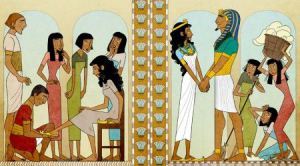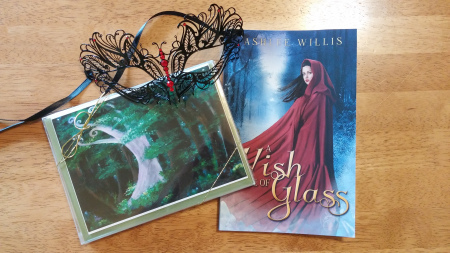8 Things You May Not Know About Cinderella
Before I wrote my own version of Cinderella, I researched the “original” versions of it. Surprisingly, there are several, and this story I thought I knew so well actually goes back further than I ever dreamed.
I took several of the elements I liked the most from the old tales, added quite a few elements of my very own and, in the end, mixed them up and simply wrote the story I wanted to write. A Wish Made of Glass is not a strict retelling of Cinderella by any means. Still, it was fun to discover some of the unknown-to-me details of this apparently rather ancient story, not to mention some fun facts about items or things that happen within the tale. Here are a few you might find rather intriguing:
The story of Rhodopis is considered to be the earliest version of the Cinderella story (published 7 BC). It’s about a Greek slave girl who marries the king of Egypt.
Ye Xian is a ninth century Chinese version of the Cinderella story. In it, the poor stepsisters and stepmother are
 punished by being crushed to death by stones in a cave.
punished by being crushed to death by stones in a cave.It was common for servants and scullions to be soiled with ash in the days of the first Cinderella versions, partly because of the natural dirtiness of their work, and partly because they lived in cold conditions and had to draw very close to the fire to get warm.
According to mechanical engineers, it would have taken specially-made glass, or what we call “safety glass” today, for Cinderella’s slippers to have withstood the strain of her walking and dancing, not to mention running from the ball at the stroke of midnight . . . Of course, we know that the slippers were made from magic, so of course there was never any real danger they’d break – right?
One of the earlier versions of Cinderella was Charles Perrault’s rendition (Cindrillon, 1697), in which the famous slippers were made of glass. However, in the Brothers Grimm version (1812), the glass slippers are not glass at all, but “pure gold.”
In Perrault’s version, Cinderella forgives her stepsisters. In the Brothers Grimm version, however, the stepsisters undergo cruel punishment in the form of blindness. If you think that’s bad, the first German version is worst of all, in which the stepsisters are condemned to dance with metal red-hot shoes until they are dead.
Giambattista Basile’s Italian version of Cinderella (Cenerentola) includes fairies (yay!).
Perrault put his own touch on the Cinderella story by choosing lizards to become the footmen. In his time, it was a known and laughed-at fact that footmen were lazy. The image of a lizard lying motionless in the sun apparently brought to Perrault’s mind the idea of a lazy footman. Perrault is also the one credited with adding the pumpkin and the fairy godmother to the original tale. What would the Cinderella story be without those classic touches?!
Do you know any details, ancient or modern, of the Cinderella tale that are little known or simply extremely interesting? What are they?
__________
Enter to win this FAIRY TALE PACKAGE GIVEAWAY






